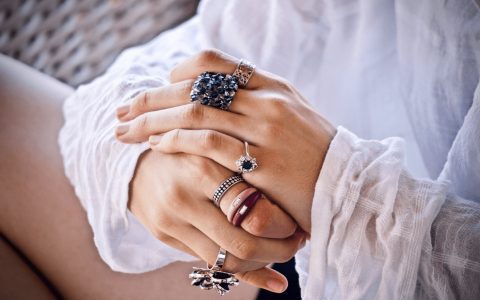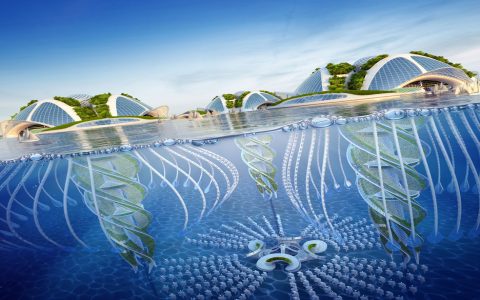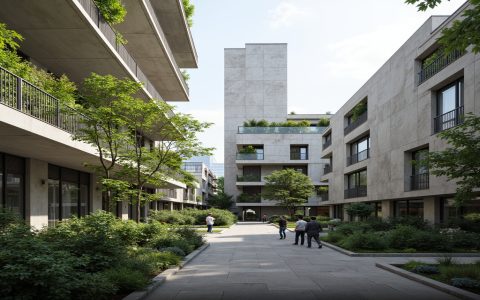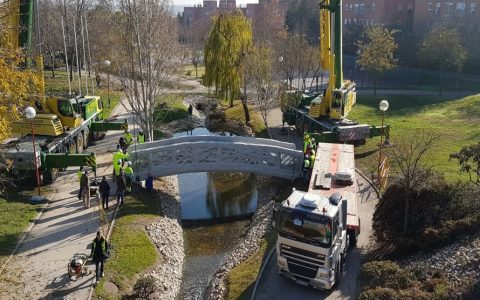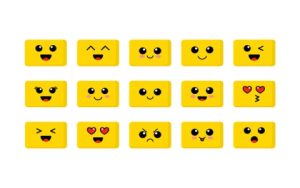Design upcycling transforms discarded or unwanted items into new, functional, or aesthetically pleasing pieces of higher value than their original state. It directly benefits your wallet and the planet.
Financial Benefits
- Reduced Purchasing Costs: Utilizing existing materials or objects eliminates or drastically lowers the need to buy new items.
- Saved Resource Expenses: You avoid the costs associated with manufacturing new goods, including materials, labor, and transportation.
- Unique Value Creation: Upcycled designs often become one-of-a-kind pieces, potentially increasing their worth compared to mass-produced alternatives.
- Lower Maintenance Costs: Quality upcycling often involves repairing and reinforcing, potentially extending an item's usable life compared to cheaper new replacements.
Environmental Benefits
- Diverted Landfill Waste: Upcycling keeps items out of landfills and incinerators, reducing methane emissions, soil contamination, and overall waste volume.
- Conserved Raw Materials: By reusing existing items, upcycling minimizes the extraction of virgin resources like timber, minerals, and petroleum.
- Reduced Manufacturing Energy: Skipping the entire new production process (extraction, refining, manufacturing, shipping) saves significant amounts of energy, primarily fossil fuels.
- Lowered Carbon Footprint: Less manufacturing energy, combined with reduced transport emissions for new goods and waste disposal, directly decreases greenhouse gas emissions.
Practical Benefits
- Resourcefulness Fostered: Encourages creative problem-solving and innovation with existing resources.
- Personalization: Allows for unique customization reflecting individual style and needs.
- Preservation of Craft: Often involves repairing and restoring, preserving skills and extending the life of well-made but dated objects.
Design upcycling is a powerful strategy, offering measurable financial savings through reduced consumption and significant environmental gains by conserving resources and minimizing pollution.

